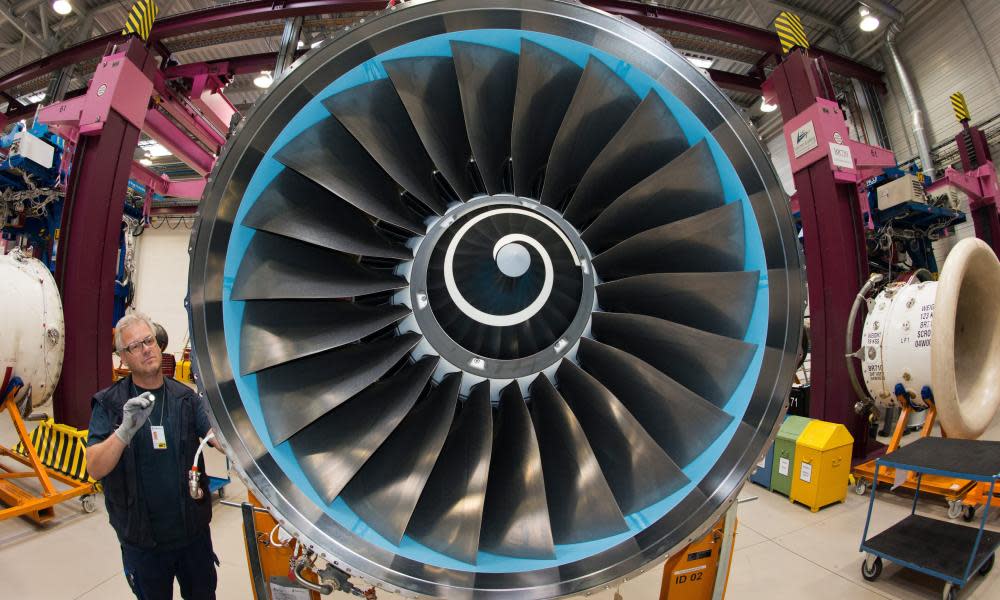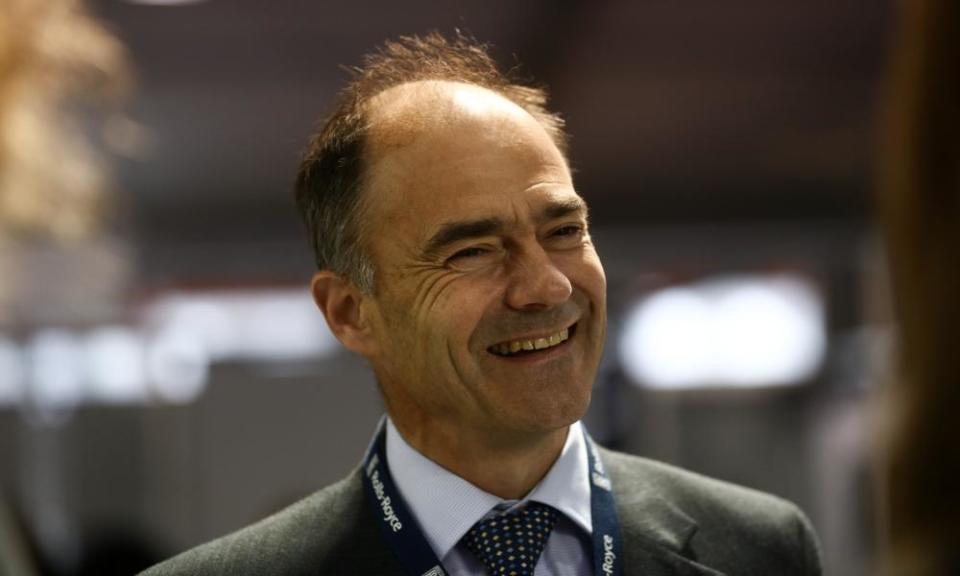Rolls-Royce faces a long haul back to high-flier status

Transport yourself back to another time, another, more innocent, world: January 2020. Warren East, chief executive of jet engine manufacturer Rolls-Royce, is losing a sympathetic but by this time well-lubricated audience for his keynote speech at the aerospace and defence industry’s annual shindig. The word coronavirus is still firmly confined to the foreign sections of newspapers (even if Asian markets are starting to get jittery), and the industry is readying itself for another year of growth.
Even a month later, on 28 February, Rolls-Royce is able to shrug off the threat of the virus with results “reinforcing our confidence for 2020”. East predicts that the company will reduce the number of Boeing Dreamliners grounded because of longstanding issues with Rolls-Royce’s Trent 1000 engines to “single digits” by the end of June.

How different the world looks now, as Rolls-Royce prepares for a trading update on Thursday covering the period since its last update, in April. For investors looking at Rolls-Royce since air travel stalled, the question has been: exactly how bad is it?
In a few short months, the manufacturer has lost a big chunk of its commercial aviation revenues, which represented the majority of its business in 2019. In good times, servicing the engines it makes guarantees it a steady flow of income; during the pandemic, that has dried up, as hours flown by its engines fell by half in March alone. On Thursday, investors will be keen to see whether May and June showed anything like a rebound in the number of jets in the skies.
The company’s initial response to the revenue hit was to cut 9,000 jobs in a bid to save £1.3bn a year in costs. About two-thirds of redundancies will be in the UK, which is a blow to one of the UK’s few remaining home-grown industrial leaders – and especially to Derby, where the brunt of the cuts will fall. (In May, East’s unwise “smirking” during a BBC interview about the job cuts was heavily criticised on social media.)
Yet even the ruthlessness of the third-largest job cuts programme by a UK company during the pandemic was not enough to save Rolls-Royce’s credit rating from a painful downgrade to junk status, after more than 20 years at investment grade. S&P Global Ratings judged that more financial pain could be on the way this year as the pandemic continues to disrupt air travel.
What will it take to propel Rolls back to the halcyon days of late January, when shares were worth 683p?
Rolls-Royce’s shares have dropped below 280p, where they stood in February 2009 in the depths of the financial crisis. What will it take to propel Rolls back to the halcyon days of late January, when shares were worth more than double that, at 683p? Or indeed the 850p mark they were at when East took over, almost five years ago this week?
The way back looks long indeed, even if the company can depend on government grant funding and cheap loans to stave off any existential threats – or indeed a return to the nationalisation of the 1970s. Its access to cash and loans remains fairly healthy, despite the junk rating.
However, Rolls-Royce’s engines are mainly bolted to planes that fly longer-haul routes. That means its recovery depends on people the world over being willing to spend 10 hours squashed up against a stranger – which is enough to make investors as well as travellers squeamish.

 Yahoo News
Yahoo News 
